Cobra Kai’s Approach to Pressure Points: Control and Combat
Introduction
Cobra Kai, the widely acclaimed sequel series to the classic Karate Kid movies, dives deep into themes of rivalry, redemption, and the philosophy of martial arts. At the core of its gripping narrative is an exploration of various fighting techniques, with a particular focus on pressure points and their importance in combat situations. This article will delve into how Cobra Kai’s approach to pressure points exemplifies control and combat efficacy, integrating martial arts philosophy, techniques, and real-world implications while drawing from modern sources.
The Philosophy Behind Cobra Kai
Before examining the technical aspects of pressure points, it’s vital to understand the philosophy underlying Cobra Kai’s martial arts approach. Founded on the iconic phrase “Strike First, Strike Hard, No Mercy,” the dojo’s teachings prioritize aggression and dominance in combat. However, this aggressive philosophy coexists with a complex understanding of control, both physically and emotionally.
The Duality of Strength and Control
In martial arts, control does not solely refer to managing one’s actions; it signifies the ability to assess a situation and respond effectively. Cobra Kai embodies this duality, juxtaposing relentless offense with strategic maneuvers. Pressure points are an essential tool in this paradigm, allowing practitioners to exert control over an opponent’s body while maintaining the upper hand in combat.
Understanding Pressure Points
Pressure points are specific locations on the body where nerves, blood vessels, or muscle groups are concentrated. When targeted effectively, these points can incapacitate an opponent, cause pain, or create openings for further attacks. The study of pressure points is steeped in historical martial arts traditions but has been popularized in modern combat sports and self-defense training.
The Anatomy of Pressure Points
Understanding human anatomy is crucial for effectively utilizing pressure points. The human body has numerous pressure points that martial artists target, including:
- Temporomandibular Joint (TMJ): Located near the jaw, striking this point can cause disorientation.
- Phrenic Nerve: This nerve runs near the diaphragm. Striking it can induce breathlessness.
- Carotid Artery: Targeting this area can cause a temporary blackout.
- Solar Plexus: A crucial area for nerve endings. Striking here can immobilize an opponent.
Cobra Kai teaches that mastering these points can lead to significant advantages in combat, providing a robust framework for understanding techniques.
Techniques Employed in Cobra Kai
Cobra Kai showcases various techniques involving pressure points throughout its series. Drawing from characters like Johnny Lawrence and Daniel LaRusso, the show highlights several key techniques in different contexts.
1. Striking Techniques
Striking is a fundamental element in the Cobra Kai curriculum. Techniques involving well-timed strikes to pressure points can be devastating.
Examples in Action
- The Side Kick to Solar Plexus: This kick can be executed with precision, targeting the solar plexus and stopping an opponent’s breath.
- Jab to the TMJ: Quick jabs to the jaw can create openings, allowing for follow-up maneuvers.
These techniques are not merely about physical prowess; they embody the strategic thinking embedded within Cobra Kai’s teaching.
2. Grappling Techniques
In addition to striking, grappling plays a prominent role in the series. Integrating pressure points into grappling techniques can be particularly effective.
Example Techniques
- Joint Locks: Manipulating an opponent’s wrist or elbow while applying pressure to sensitive points can lead to swift submissions.
- Throwing Techniques: Applying pressure points during a throw can amplify the impact, creating a more significant psychological and physical advantage.
The show highlights how grappling combined with pressure point techniques offers a holistic understanding of control.
Tactical Applications in Combat
Understanding how to apply pressure point techniques effectively in combat scenarios is crucial. Cobra Kai emphasizes several tactical principles that can enhance the effectiveness of pressure points in real-world situations.
1. Distance Management
Distance management is vital in martial arts. Effective pressure point strikes often require the fighter to be within a specific range. Cobra Kai practitioners are taught to assess their distance dynamically, allowing them to react effectively to opponents’ movements while closing the gap for pressure point attacks.
2. Timing and Rhythm
The rhythm of combat plays a crucial role in executing pressure point techniques. Cobra Kai highlights the importance of timing, with practitioners training in sparring to recognize the right moments to attack.
3. Psychological Warfare
Martial arts is as much about mental fortitude as it is about physical prowess. The psychological aspect of targeting pressure points can demoralize opponents, leading them to second-guess their abilities.
Real-World Relevance
Incorporating lessons from Cobra Kai into real-world self-defense scenarios, individuals can effectively use pressure point techniques for personal safety.
Self-Defense Philosophy
Cobra Kai teaches its students that self-defense is not merely about fighting but understanding conflict resolution. Practicing awareness and avoidance is essential when considering the use of pressure points.
Practical Applications
In a self-defense scenario, applying pressure point techniques can neutralize threats effectively.
- Immediate Response: Learning how to utilize pressure points allows for quick incapacitation of an attacker.
- Control of the Situation: A well-placed strike can take control, allowing the defender to escape or call for help.
Training and Mastery
Cobra Kai emphasizes the importance of consistent training in mastering pressure point techniques. Training not only enhances physical capabilities but also reinforces the philosophical principles of control and responsibility.
Drills and Sparring
- Target Practice: Focused drills that emphasize specific pressure points can enhance muscle memory.
- Controlled Sparring: Practicing pressure point techniques in controlled environments fosters adaptability and strategic thinking.
The Role of Mentorship
The mentorship dynamic in Cobra Kai—especially between Johnny and his students—fosters a culture of learning. Innovative training methods that encourage dialogue about techniques create a deeper understanding of pressure point application.
Conclusion
Cobra Kai’s approach to pressure points encapsulates the duality of combat—aggression intertwined with control. By drawing on historical martial arts principles, the series presents a modern perspective on combat techniques that highlight the effectiveness of pressure points. This comprehensive exploration has illuminated how Cobra Kai’s teachings extend beyond the dojo, offering insights into the importance of control, responsibility, and strategic thinking in combat.
Such a philosophy not only enhances combat effectiveness but also fosters personal growth, embodying the core tenets of martial arts.
By adopting the teachings of Cobra Kai, practitioners and fans alike can find practical applications in self-defense, personal development, and an understanding of the complexities of conflict resolution. The series is not merely a celebration of martial arts; it is a profound reflection on the essence of control within combat and life itself.
Footnotes
- Martial Arts in Modern Context – Discusses the evolution of martial arts in contemporary society.
- Effective Self-Defense Techniques – A guide on practical self-defense methods focusing on pressure point techniques.
- The Philosophy of Martial Arts – An exploration of the philosophical underpinnings of various martial arts disciplines.
- Understanding Pressure Points in Combat – Detailed analysis of pressure points used within martial arts.
- Training Techniques in Martial Arts – Discusses the importance of training drills in mastering martial arts.
This article serves as a foundation for understanding Cobra Kai’s unique take on pressure points, making it essential reading for enthusiasts of martial arts and combat strategy.

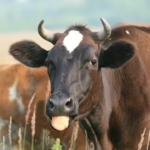



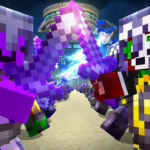









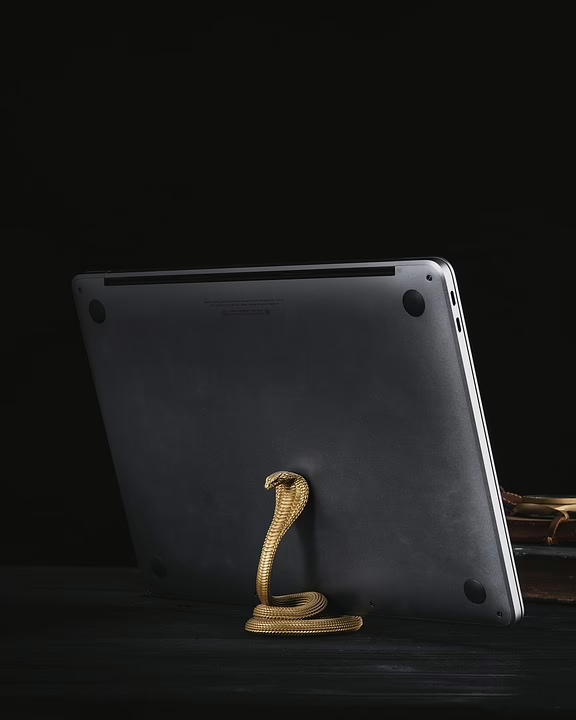
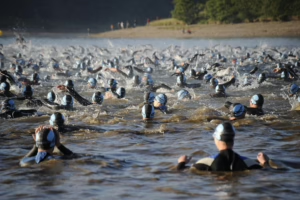

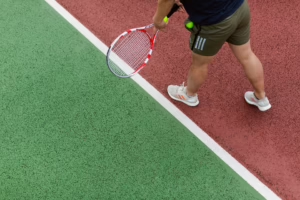
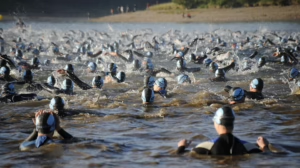

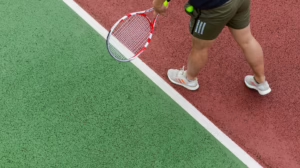




Add Comment